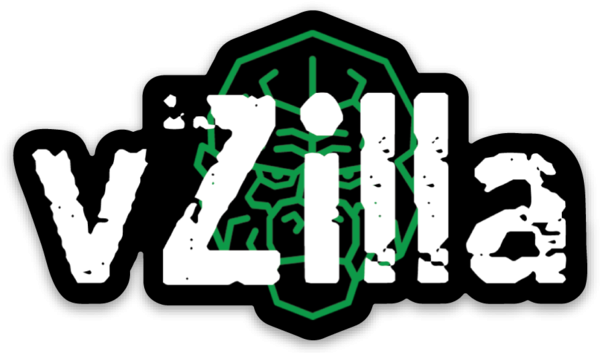This method is clearly not very good for resiliency, if those disks die then I lose the contents… or have to revert to a backup at very least. This is not really an issue as I am running regular backups on the machines I need to have protected everything else is non persistent or is protected by some level of RAID. This method of single disk datastores also works well with the Virtual Storage Arrays although I have a better plan for this I think and will mull this over before sharing.
I break my lab into 3 areas, Physical, Virtual and Home. The physical being the actual physical ESXi hosts and any management virtual machines I have in the lab, the virtual is the nested ESXi hosts and Hyper-V hosts as well as all other virtual machines, I then have the home and this will consist of everything that is connected via Wi-Fi or physical Ethernet connection.
The hub of this network is controlled by the BT physical router (ordered a new Linksys recently) this gives out any wifi connectivity and physical connectivity for the home network. For internet connectivity to the lab, I have a virtual router currently running Untangle as a virtual machine residing on the HP ML110 with a WAN and LAN link to both Home and Lab networks.
Consideration of having direct uplink from Dell switch to BT router? There was a consideration but I wanted to at least keep some control.
Networking Subnets
On my HP ML110 G7 I have a Virtual Appliance running, this is running Untangle, this appliance acts as a network gateway for my home lab. It has one physical connection to the Dell Managed Switch for Lab networking and one physical connection to my broadband router for Internet access. Simple stuff this appliance also has some added features around Firewall, DNS, DHCP if I was to need it as well as monitoring and reporting against traffic.
High Level
Management
Physical
You will see from the below that only host .121 has access to both the lab network and home network because this is where the Untangle appliance resides.
Virtual Machines
From a testing functionality though I generally use the Physical hosts directly to spin up testing and training resources to preserve the Nested environments.
Next up I am going to look into the physical requirements of my home lab. Any feedback or advice please reach out to me @MichaelCade1 / @vZillaUK




